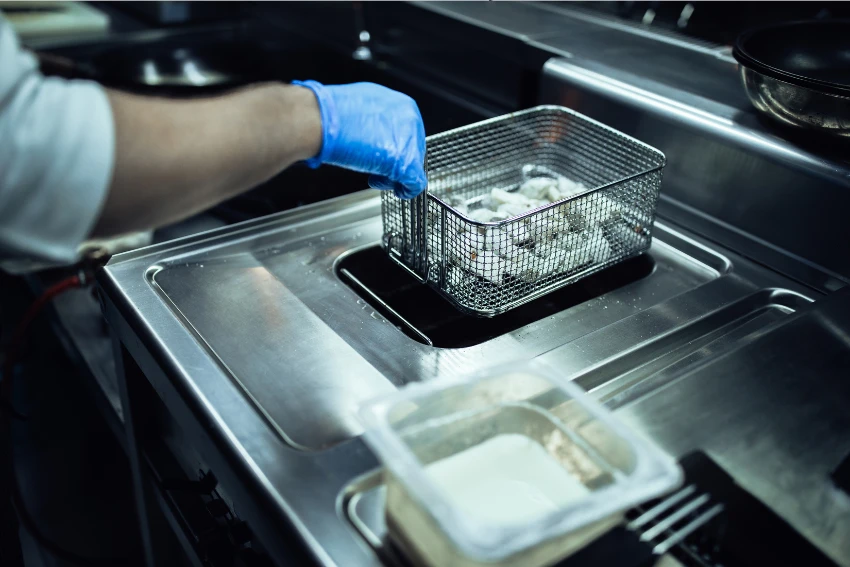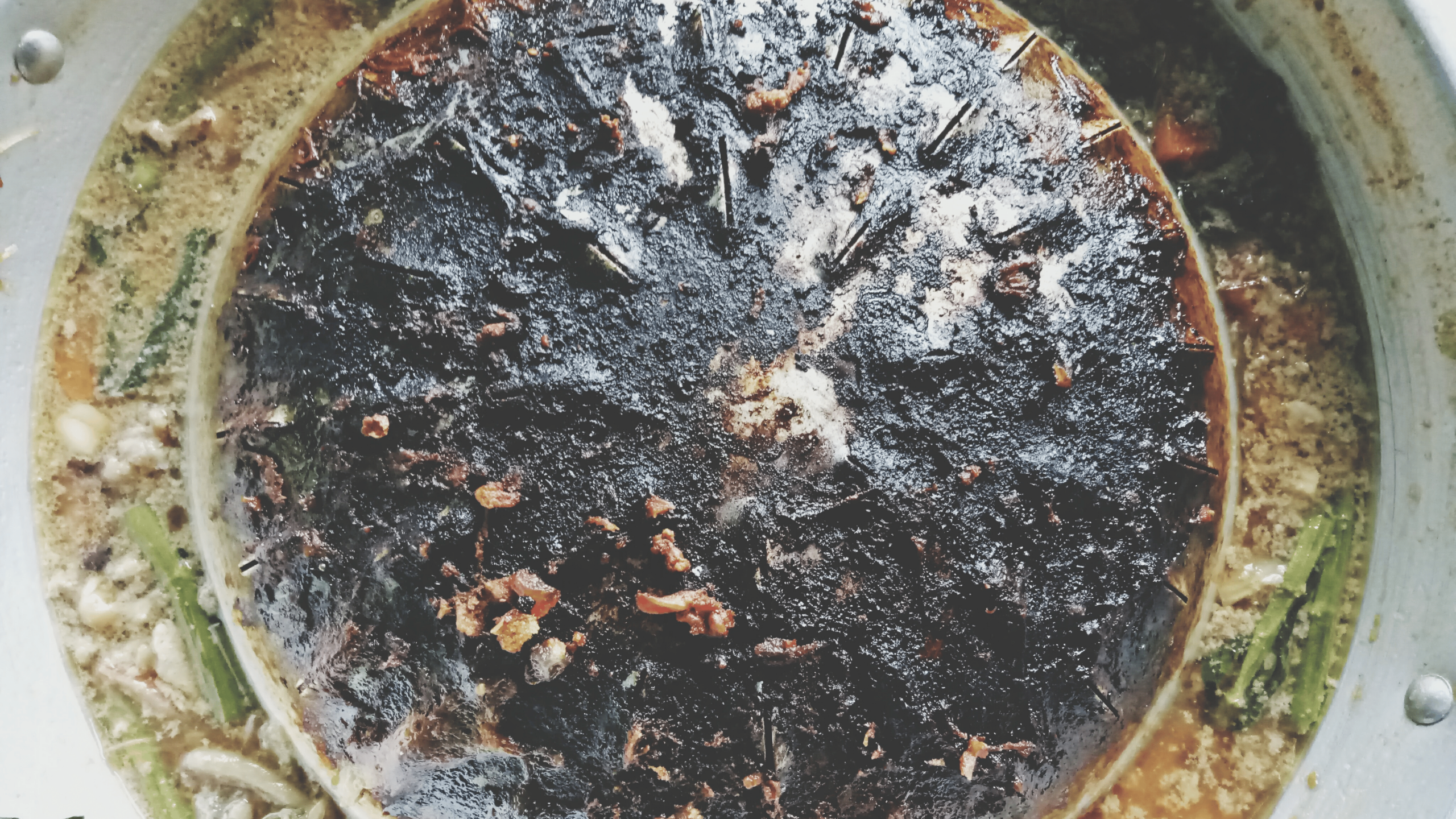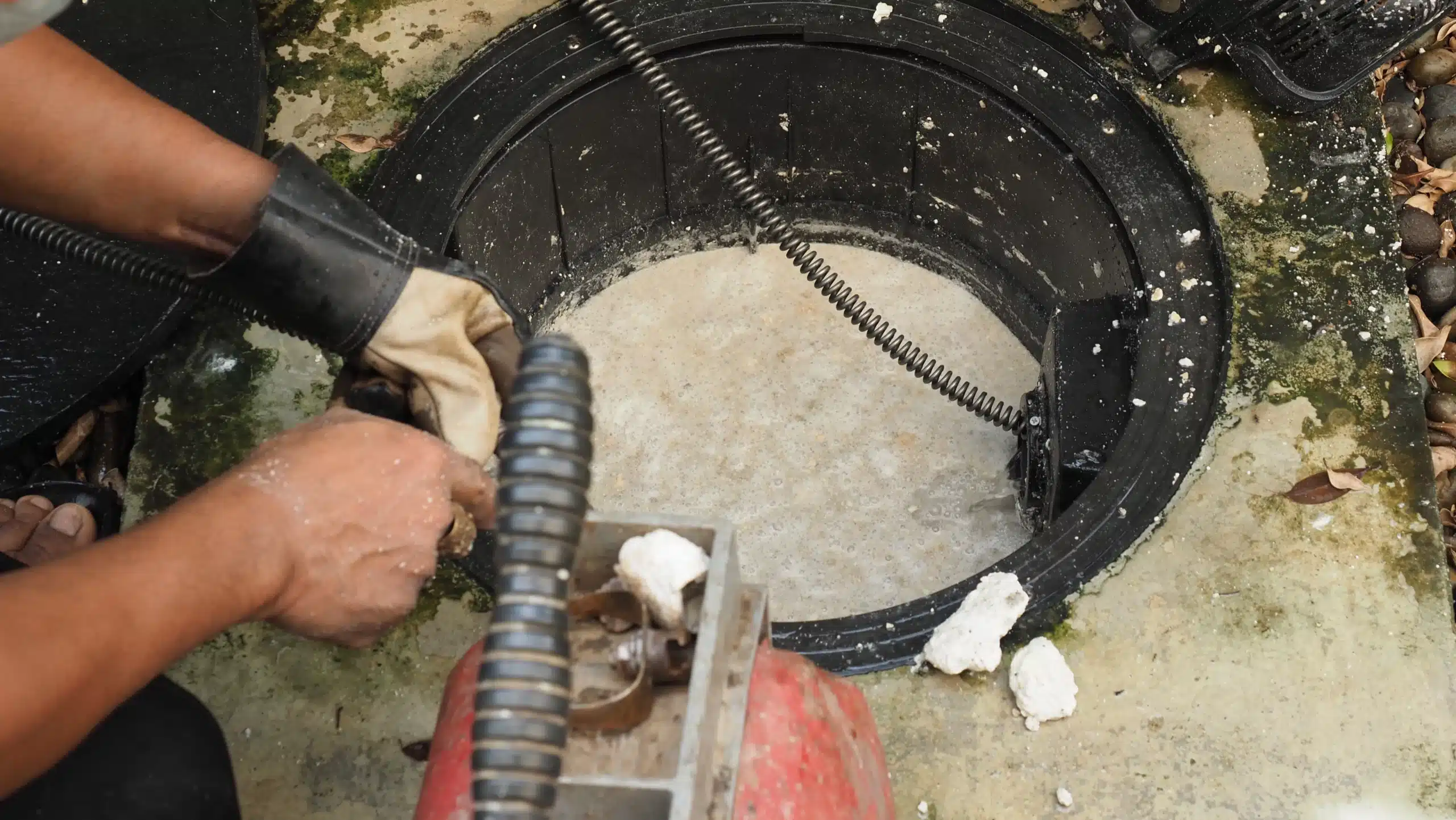
Grease Trap Vs Grease Interceptor. What Does My Kitchen Needs?
Many people often confuse a grease trap with a FOG interceptor. But not in the plumbing circles, because, as it turns out, these two grease control devices are different, but they share some similarities. Depending on a few dynamics, one kitchen might need a FOG trap, while another might need a FOG interceptor. Keep reading to see the applications of each.
Grease interceptors vs traps: Outstanding differences
There are tens of differences between these two grease control devices, starting from the size, the flow rates, materials, areas of installation, and many more. Here are a few of the most outstanding differences:
Different flow rate (GPM)
When it comes to drainage, any plumber will tell you that the flow rate is everything. In toilets, a lower flow rate, say, like 1.25 gallons per minute would be awesome to save water. For kitchen grease removal though, higher flow rate, you know, as many gallons as you can pack in a minute is better.
The flow rate of a FOG interceptor is higher, above 50 gallons per minute. The sinks can drain the water almost as fast as it comes in. When it gets to the interceptor, the grease separates from the water. It stays in the tank while the water goes on to drain into the public sewer system.
A trap is designed to handle a smaller workload, so it comes with a lower flow rate of about 10 to 50 gallons per minute.
The size
Did you know there is a formula to sizing the FOG interceptors? This is a simple and straightforward method. First, there is the flow rate, which is measured in GPM – gallons per minute, and then you multiply it by the detention time.
In this case, the detention time means the time that the grease takes to separate the grease from the water in the tank. Thus, if the flow rate of the tank is given as 15GPM and the detention time is 30 minutes, you need the trap to have a capacity of 450 gallons (15 x 30).
The size of the grease interceptor is determined by the same formula, only that it will be bigger.
Something also worth mentioning is that the detention rate is very important. A detention time of at least 30 minutes is required to allow the water and the grease to separate by buoyancy.
Overall, FOG interceptors are bigger than the FOG traps, as you might have deduced from the GPM flow rate.
Another thing is that if you connect the dishwasher to the grease line, you should increase the size of the grease control device.
Area of installation
This is another huge difference between the two FOG control devices that we are discussing here. There are a few ways to identify the FOG trap or the FOG interceptor.
If it is installed inside the kitchen under the sink, that is a FOG trap. If it is small, you know like the size of a small fridge, it is a FOG trap. It can also be installed in the basement, right under the kitchen floor. Basically, a trap is installed indoors while an interceptor is installed outdoors.
Interceptors for fats, oils, and grease are usually installed outside the kitchen, in the ground, somewhere corresponding to the position of the sinks. It is buried underground, but it has manhole covers to access it when emptying and cleaning.
Emptying and cleaning frequency
Installing a grease control apparatus is one thing, and it is entirely another thing to keep it running properly. The grease traps are smaller, so they fill up quicker with grease, requiring more frequent emptying and cleaning. The recommended frequency is once every fortnight, or sooner if need be.
The interceptors are big and can take some time to fill up. The recommended cleaning frequency is once in every one, two, or three months. Of course, the cleaning interval depends on the size of the restaurant. The rule of thumb, which the authorities follow up on, is to pump the FOG interceptor when the grease level is at 25%.
FOG trap or interceptor? Which is best for my kitchen?
If you own a food service business, you need a FOG trap or interceptor, as it is a requirement of the law. In 2019, the US spent more than $100 million to pull grease out of the sewers. You can see why the authorities in California, New York, and elsewhere are very strict about keeping the grease out of public or private sewers.
To know whether you need an interceptor or a FOG trap, you need to know how much grease your restaurant generates daily.
Usually, a fast food restaurant is going to produce about 35 pounds of grease daily. Some can produce more and some less, depending on the size. If you generate 10 pounds or less a day, you can have a FOG trap installed. It will be small enough to install under the sink, the size of a breadbox.
If you have a coffee shop or a similarly small restaurant, you are going to need a FOG trap installed. It will be enough to handle the few gallons of grease produced every week.
Big restaurant establishments need a FOG interceptor, probably one that can hold hundreds, if not thousands, of gallons of grease. An interceptor is installed underground, outside the kitchen.
It is best to install it in a place that the vacuum tanker can access easily when coming to take away the grease.
Final thoughts
Both are grease control devices, and the main differences are the size, material, and location. To make your food business compliant, you can have one of either.
Traps are installed indoors, so even the materials making them are different. For the interceptor, the manufacturers use fiberglass, PVC, or concrete to enhance their longevity. On the other hand, traps are made of steel, plastic, and fiberglass.
If you are totally flustered about this, get in touch. Call Grease Collection today, to enjoy the services of FOG trap experts.
If you are wondering what you need between a trap and an interceptor, we shall help you make a decision.
Medium to big establishments must use an interceptor, while small food service businesses should use a trap.
If you are confused about what you need, talk to us today. Send that email with all questions you might have on your mind, and we will answer all of them truthfully.
If you have used cooking oil, we are the people you go to when you want to dispose it responsibly. We shall clean and hydro-jet the FOG trap and drain pipes, pack and ferry the old grease, for further processing at our facility.
Must Read: How Grease Trap Cleaning Services Can Save Your Business in 2024


